pytorch中的torch.nn.Linear
torch.nn.Linear是pytorch中的线性层,应该是最常见的网络层了,官方文档:torch.nn.Linear。
torch.nn.Linear(in_features, out_features, bias=True, device=None, dtype=None)
其中,in_features表示输入的维度;out_features表示输出的维度;bias表示是否包含偏置,默认为True。
nn.linear的作用其实就是对输入进行了一个线性变换,中学时我们学习的线性变换是y=kx+b,但是对于神经网络来说,我们的输入、输出和权重都是一个矩阵,即: o u t p u t = i n p u t ∗ W + b output=input*W+b output=input∗W+b 其中, i n p u t ∈ R n × i input\in R^{n×i} input∈Rn×i, W ∈ R i × o W\in R^{i×o} W∈Ri×o, o u t p u t ∈ R n × o output\in R^{n×o} output∈Rn×o,n为输入向量的行数(通常为batch数),i为输入神经元的个数,o为输出神经元的个数。使用举例:
FC = nn.Linear(20, 40)
input = torch.randn(128, 20) # (128,20)
output = FC(input)
print(output.size()) # (128,40)
官方源码:
import mathimport torch
from torch import Tensor
from torch.nn.parameter import Parameter, UninitializedParameter
from .. import functional as F
from .. import init
from .module import Module
from .lazy import LazyModuleMixinclass Identity(Module):r"""A placeholder identity operator that is argument-insensitive.Args:args: any argument (unused)kwargs: any keyword argument (unused)Shape:- Input: :math:`(*)`, where :math:`*` means any number of dimensions.- Output: :math:`(*)`, same shape as the input.Examples::>>> m = nn.Identity(54, unused_argument1=0.1, unused_argument2=False)>>> input = torch.randn(128, 20)>>> output = m(input)>>> print(output.size())torch.Size([128, 20])"""def __init__(self, *args, **kwargs):super(Identity, self).__init__()def forward(self, input: Tensor) -> Tensor:return inputclass Linear(Module):r"""Applies a linear transformation to the incoming data: :math:`y = xA^T + b`This module supports :ref:`TensorFloat32<tf32_on_ampere>`.Args:in_features: size of each input sampleout_features: size of each output samplebias: If set to ``False``, the layer will not learn an additive bias.Default: ``True``Shape:- Input: :math:`(*, H_{in})` where :math:`*` means any number ofdimensions including none and :math:`H_{in} = \text{in\_features}`.- Output: :math:`(*, H_{out})` where all but the last dimensionare the same shape as the input and :math:`H_{out} = \text{out\_features}`.Attributes:weight: the learnable weights of the module of shape:math:`(\text{out\_features}, \text{in\_features})`. The values areinitialized from :math:`\mathcal{U}(-\sqrt{k}, \sqrt{k})`, where:math:`k = \frac{1}{\text{in\_features}}`bias: the learnable bias of the module of shape :math:`(\text{out\_features})`.If :attr:`bias` is ``True``, the values are initialized from:math:`\mathcal{U}(-\sqrt{k}, \sqrt{k})` where:math:`k = \frac{1}{\text{in\_features}}`Examples::>>> m = nn.Linear(20, 30)>>> input = torch.randn(128, 20)>>> output = m(input)>>> print(output.size())torch.Size([128, 30])"""__constants__ = ['in_features', 'out_features']in_features: intout_features: intweight: Tensordef __init__(self, in_features: int, out_features: int, bias: bool = True,device=None, dtype=None) -> None:factory_kwargs = {'device': device, 'dtype': dtype}super(Linear, self).__init__()self.in_features = in_featuresself.out_features = out_featuresself.weight = Parameter(torch.empty((out_features, in_features), **factory_kwargs))if bias:self.bias = Parameter(torch.empty(out_features, **factory_kwargs))else:self.register_parameter('bias', None)self.reset_parameters()def reset_parameters(self) -> None:# Setting a=sqrt(5) in kaiming_uniform is the same as initializing with# uniform(-1/sqrt(in_features), 1/sqrt(in_features)). For details, see# https://github.com/pytorch/pytorch/issues/57109init.kaiming_uniform_(self.weight, a=math.sqrt(5))if self.bias is not None:fan_in, _ = init._calculate_fan_in_and_fan_out(self.weight)bound = 1 / math.sqrt(fan_in) if fan_in > 0 else 0init.uniform_(self.bias, -bound, bound)def forward(self, input: Tensor) -> Tensor:return F.linear(input, self.weight, self.bias)def extra_repr(self) -> str:return 'in_features={}, out_features={}, bias={}'.format(self.in_features, self.out_features, self.bias is not None)# This class exists solely to avoid triggering an obscure error when scripting
# an improperly quantized attention layer. See this issue for details:
# https://github.com/pytorch/pytorch/issues/58969
# TODO: fail fast on quantization API usage error, then remove this class
# and replace uses of it with plain Linear
class NonDynamicallyQuantizableLinear(Linear):def __init__(self, in_features: int, out_features: int, bias: bool = True,device=None, dtype=None) -> None:super().__init__(in_features, out_features, bias=bias,device=device, dtype=dtype)[docs]class Bilinear(Module):r"""Applies a bilinear transformation to the incoming data::math:`y = x_1^T A x_2 + b`Args:in1_features: size of each first input samplein2_features: size of each second input sampleout_features: size of each output samplebias: If set to False, the layer will not learn an additive bias.Default: ``True``Shape:- Input1: :math:`(*, H_{in1})` where :math:`H_{in1}=\text{in1\_features}` and:math:`*` means any number of additional dimensions including none. All but the last dimensionof the inputs should be the same.- Input2: :math:`(*, H_{in2})` where :math:`H_{in2}=\text{in2\_features}`.- Output: :math:`(*, H_{out})` where :math:`H_{out}=\text{out\_features}`and all but the last dimension are the same shape as the input.Attributes:weight: the learnable weights of the module of shape:math:`(\text{out\_features}, \text{in1\_features}, \text{in2\_features})`.The values are initialized from :math:`\mathcal{U}(-\sqrt{k}, \sqrt{k})`, where:math:`k = \frac{1}{\text{in1\_features}}`bias: the learnable bias of the module of shape :math:`(\text{out\_features})`.If :attr:`bias` is ``True``, the values are initialized from:math:`\mathcal{U}(-\sqrt{k}, \sqrt{k})`, where:math:`k = \frac{1}{\text{in1\_features}}`Examples::>>> m = nn.Bilinear(20, 30, 40)>>> input1 = torch.randn(128, 20)>>> input2 = torch.randn(128, 30)>>> output = m(input1, input2)>>> print(output.size())torch.Size([128, 40])"""__constants__ = ['in1_features', 'in2_features', 'out_features']in1_features: intin2_features: intout_features: intweight: Tensordef __init__(self, in1_features: int, in2_features: int, out_features: int, bias: bool = True,device=None, dtype=None) -> None:factory_kwargs = {'device': device, 'dtype': dtype}super(Bilinear, self).__init__()self.in1_features = in1_featuresself.in2_features = in2_featuresself.out_features = out_featuresself.weight = Parameter(torch.empty((out_features, in1_features, in2_features), **factory_kwargs))if bias:self.bias = Parameter(torch.empty(out_features, **factory_kwargs))else:self.register_parameter('bias', None)self.reset_parameters()def reset_parameters(self) -> None:bound = 1 / math.sqrt(self.weight.size(1))init.uniform_(self.weight, -bound, bound)if self.bias is not None:init.uniform_(self.bias, -bound, bound)def forward(self, input1: Tensor, input2: Tensor) -> Tensor:return F.bilinear(input1, input2, self.weight, self.bias)def extra_repr(self) -> str:return 'in1_features={}, in2_features={}, out_features={}, bias={}'.format(self.in1_features, self.in2_features, self.out_features, self.bias is not None)class LazyLinear(LazyModuleMixin, Linear):r"""A :class:`torch.nn.Linear` module where `in_features` is inferred.In this module, the `weight` and `bias` are of :class:`torch.nn.UninitializedParameter`class. They will be initialized after the first call to ``forward`` is done and themodule will become a regular :class:`torch.nn.Linear` module. The ``in_features`` argumentof the :class:`Linear` is inferred from the ``input.shape[-1]``.Check the :class:`torch.nn.modules.lazy.LazyModuleMixin` for further documentationon lazy modules and their limitations.Args:out_features: size of each output samplebias: If set to ``False``, the layer will not learn an additive bias.Default: ``True``Attributes:weight: the learnable weights of the module of shape:math:`(\text{out\_features}, \text{in\_features})`. The values areinitialized from :math:`\mathcal{U}(-\sqrt{k}, \sqrt{k})`, where:math:`k = \frac{1}{\text{in\_features}}`bias: the learnable bias of the module of shape :math:`(\text{out\_features})`.If :attr:`bias` is ``True``, the values are initialized from:math:`\mathcal{U}(-\sqrt{k}, \sqrt{k})` where:math:`k = \frac{1}{\text{in\_features}}`"""cls_to_become = Linear # type: ignore[assignment]weight: UninitializedParameterbias: UninitializedParameter # type: ignore[assignment]def __init__(self, out_features: int, bias: bool = True,device=None, dtype=None) -> None:factory_kwargs = {'device': device, 'dtype': dtype}# bias is hardcoded to False to avoid creating tensor# that will soon be overwritten.super().__init__(0, 0, False)self.weight = UninitializedParameter(**factory_kwargs)self.out_features = out_featuresif bias:self.bias = UninitializedParameter(**factory_kwargs)def reset_parameters(self) -> None:if not self.has_uninitialized_params() and self.in_features != 0:super().reset_parameters()def initialize_parameters(self, input) -> None: # type: ignore[override]if self.has_uninitialized_params():with torch.no_grad():self.in_features = input.shape[-1]self.weight.materialize((self.out_features, self.in_features))if self.bias is not None:self.bias.materialize((self.out_features,))self.reset_parameters()
# TODO: PartialLinear - maybe in sparse?
相关文章:

pytorch中的torch.nn.Linear
torch.nn.Linear是pytorch中的线性层,应该是最常见的网络层了,官方文档:torch.nn.Linear。 torch.nn.Linear(in_features, out_features, biasTrue, deviceNone, dtypeNone)其中,in_features表示输入的维度;out_featu…...

03-MySQl数据库的-用户管理
一、创建新用户 mysql> create user xjzw10.0.0.% identified by 1; Query OK, 0 rows affected (0.01 sec) 二、查看当前数据库正在登录的用户 mysql> select user(); ---------------- | user() | ---------------- | rootlocalhost | ---------------- 1 row …...

知乎:多云架构下大模型训练,如何保障存储稳定性?
知乎,中文互联网领域领先的问答社区和原创内容平台,2011 年 1 月正式上线,月活跃用户超过 1 亿。平台的搜索和推荐服务得益于先进的 AI 算法,数百名算法工程师基于数据平台和机器学习平台进行海量数据处理和算法训练任务。 为了提…...
JWFD流程图转换为矩阵数据库的过程说明
在最开始设计流程图的时候,请务必先把开始节点和结束节点画到流程图上面,就是设计器面板的最开始两个按钮,先画开始点和结束点,再画中间的流程,然后保存,这样提交到矩阵数据库就不会出任何问题,…...
GT收发器第一篇_总体结构介绍
文章目录 前言GT收发器介绍 前言 之前写过一篇简单介绍GT的文章https://blog.csdn.net/m0_56222647/article/details/136730026,可以先通过这篇文章对整体进行简单了解一下。 GT收发器介绍 参考xilinx手册ug476 对于7系列的FPGA,共有3个系列…...
[图像处理] MFC载入图片并进行二值化处理和灰度处理及其效果显示
文章目录 工程效果重要代码完整代码参考 工程效果 载入图片,并在左侧显示原始图片、二值化图片和灰度图片。 双击左侧的图片控件,可以在右侧的大控件中,显示双击的图片。 初始画面: 载入图片: 双击左侧的第二个控件…...
)
centos7.5 安装gitlab-ce (Omnibus)
一、安装前置依赖 # 安装基础依赖 $ sudo yum -y install policycoreutils openssh-server openssh-clients postfix# 启动 ssh 服务 & 设置为开机启动 $ sudo systemctl enable sshd & sudo systemctl start sshd二、安装gitlab rpm包 # 下载并执行社区版脚本 curl …...

深入理解MapReduce:从Map到Reduce的工作原理解析
当谈到分布式计算和大数据处理时,MapReduce是一个经典的范例。它是一种编程模型和处理框架,用于在大规模数据集上并行运行计算任务。MapReduce包含三个主要阶段:Map、Shuffle 和 Reduce。 ** Map 阶段 ** Map 阶段是 MapReduce 的第一步&am…...
初始Java篇(JavaSE基础语法)(5)(类和对象(上))
个人主页(找往期文章包括但不限于本期文章中不懂的知识点):我要学编程(ಥ_ಥ)-CSDN博客 目录 面向对象的初步认知 面向对象与面向过程的区别 类的定义和使用 类的定义格式 类的实例化 this引用 什么是this引用? this引用…...
机器人---人形机器人之技术方向
1 背景介绍 在前面的文章《行业杂谈---人形机器人的未来》中,笔者初步介绍了人形机器人的未来发展趋势。同智能汽车一样,它也会是未来机器人领域的一个重要分支。目前地球上最高智慧的结晶体就是人类,那么人形机器人的未来会有非常大的发展空…...
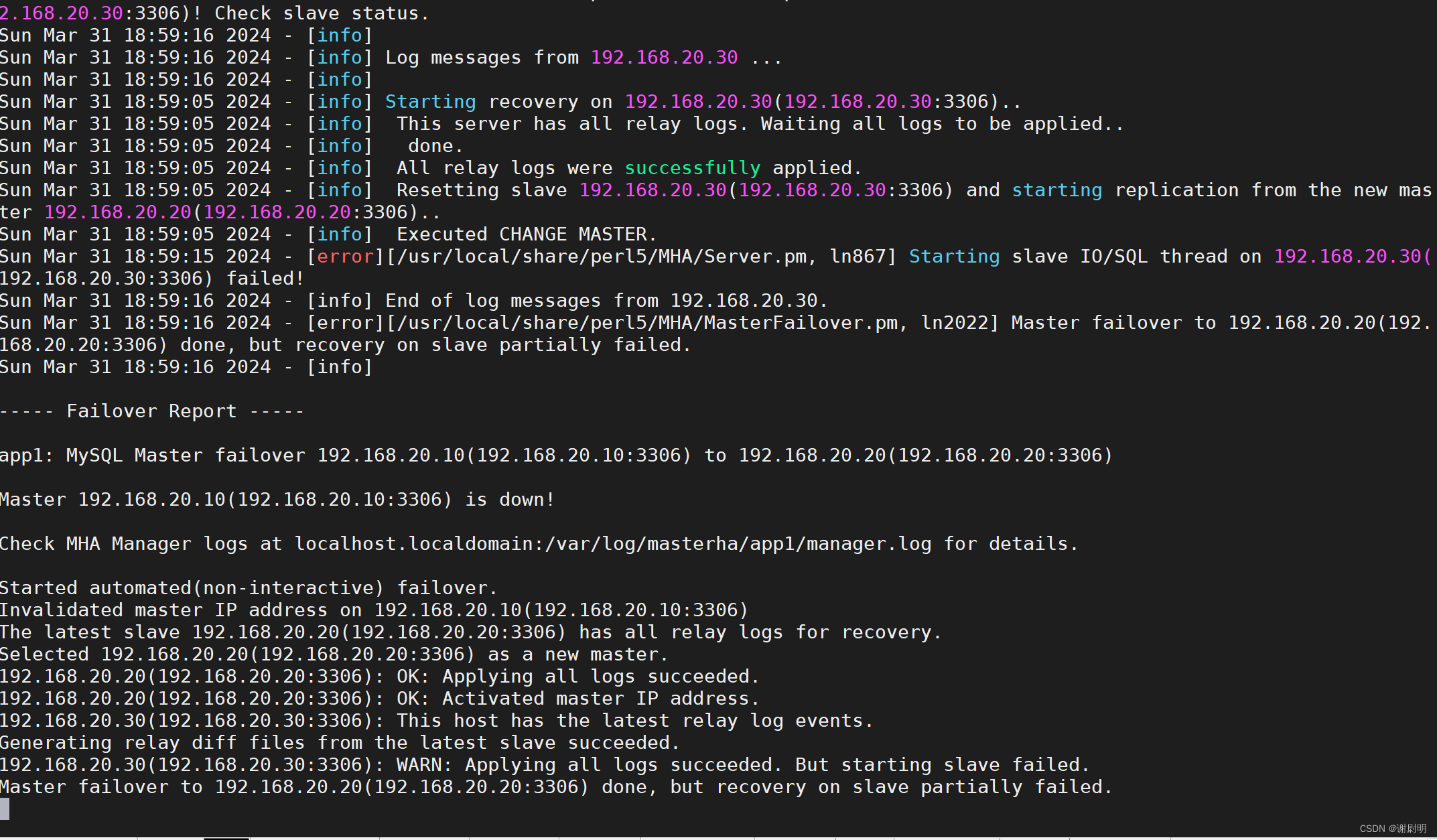
MySQL MHA高可用数据库
文章目录 MySQL MHA高可用数据库搭建MySQL MHA模拟故障故障修复: MySQL MHA高可用数据库 MHA(MySQL High Availability)是一个开源的高可用解决方案,用于实现MySQL主从复制集群的故障自动切换。MHA的主要目的是确保MySQL数据库集…...
比的是什么?)
LVS(Layout versus schematic)比的是什么?
概述 LVS不是一个简单地将版图与电路原理图进行比较的过程,它需要分两步完成。第一步“抽取”,第二步“比较”。首先根据LVS提取规则,EDA 工具从版图中抽取出版图所确定的网表文件;然后将抽取出的网表文件与电路网表文件进行比较…...
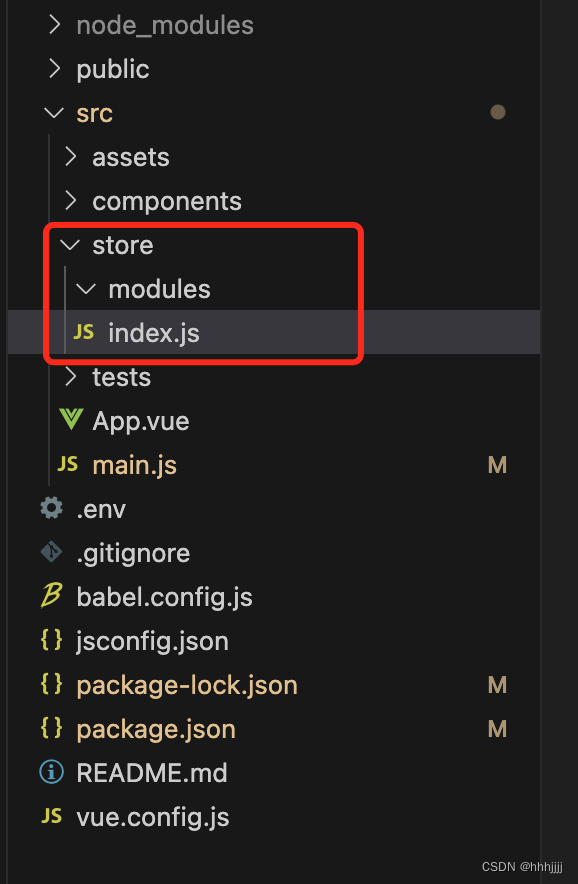
从0开始搭建基于VUE的前端项目(三) Vuex的使用与配置
准备与版本 vuex 3.6.2(https://v3.vuex.vuejs.org/zh/)概念 vuex是什么? 是用作 【状态管理】的 流程图如下 state 数据状态,成员是个对象 mapState 组件使用this.$store.state.xxx获取state里面的数据 getters 成员是个函数,方便获取state里面的数据,也可以加工数据 ma…...

python统计分析——双样本均值比较
参考资料:python统计分析【托马斯】 1、配对样本t检验 在进行两组数据之间的比较时,有两种情况必须区分开。在第一种情况中,同一对象在不同时候的两个记录值进行相互比较。例如,用学生们进入初中时的身高和他们一年后的身高&…...
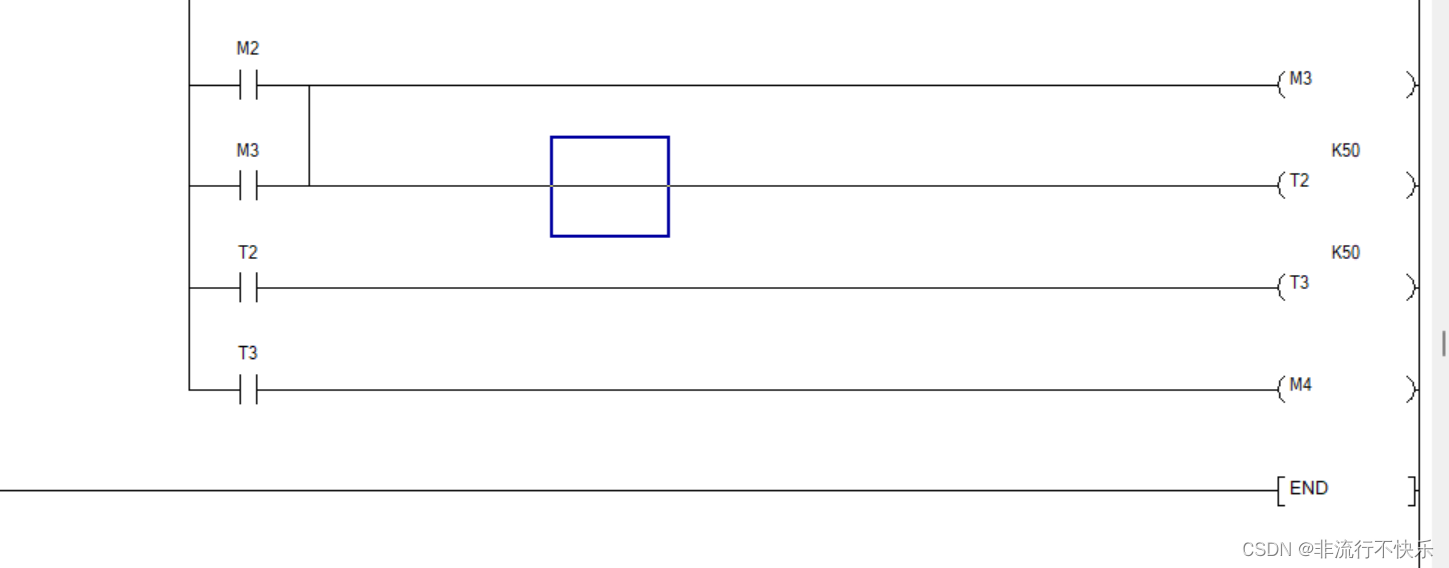
三台电机的顺启逆停
1,开启按钮输入信号是 电机一开始启动,5秒回电机2启动 ,在5秒电机三启动 关闭按钮输入时电机3关闭 ,5秒后电机2关闭 最后电机一关闭 2,思路开启按钮按下接通电机1 并且接通定时器T0 定时器T0 到时候接通电机2 并且开…...

彩虹外链网盘界面UI美化版超级简洁好看
彩虹外链网盘,是一款PHP网盘与外链分享程序,支持所有格式文件的上传,可以生成文件外链、图片外链、音乐视频外链,生成外链同时自动生成相应的UBB代码和HTML代码,还可支持文本、图片、音乐、视频在线预览,这…...

企业微信知识库:从了解到搭建的全流程
你是否也有这样的疑惑:为什么现在的企业都爱创建企业微信知识库?企业微信知识库到底有什么用?如果想要使用企业微信知识库企业应该如何创建?这就是我今天要探讨的问题,感兴趣的话一起往下看吧! | 为什么企业…...

【华为OD机试C++】合并表记录
《最新华为OD机试题目带答案解析》:最新华为OD机试题目带答案解析,语言包括C、C++、Python、Java、JavaScript等。订阅专栏,获取专栏内所有文章阅读权限,持续同步更新! 文章目录 描述输入描述输出描述示例1示例2代码描述 数据表记录包含表索引index和数值value(int范围的…...
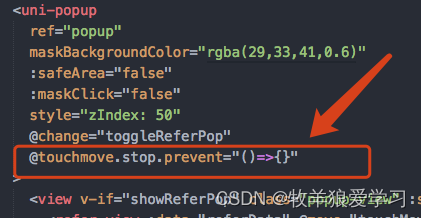
uniapp中使用u-popup组件导致的弹框下面的页面可滑动现象
添加代码: touchmove.stop.prevent"()>{}"...

数字孪生|山海鲸可视化快速入门
哈喽,你好啊,我是雷工! 今天继续学习山海鲸可视化软件,以下为学习记录。 (一)新建项目 1.1、打开软件后,默认打开我的项目界面,初次打开需要注册,可以通过手机号快速注册。 点击“新建”按钮,新建一个项目。 1.2、根据项目需要选择一个快捷的项目模板,填写项目名称…...

web vue 项目 Docker化部署
Web 项目 Docker 化部署详细教程 目录 Web 项目 Docker 化部署概述Dockerfile 详解 构建阶段生产阶段 构建和运行 Docker 镜像 1. Web 项目 Docker 化部署概述 Docker 化部署的主要步骤分为以下几个阶段: 构建阶段(Build Stage):…...
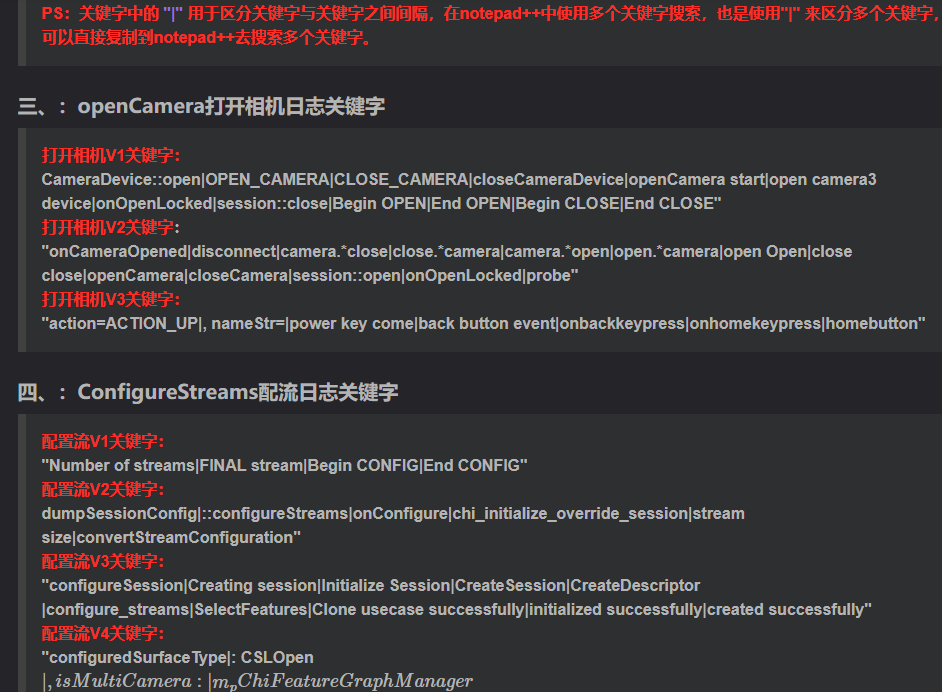
相机Camera日志实例分析之二:相机Camx【专业模式开启直方图拍照】单帧流程日志详解
【关注我,后续持续新增专题博文,谢谢!!!】 上一篇我们讲了: 这一篇我们开始讲: 目录 一、场景操作步骤 二、日志基础关键字分级如下 三、场景日志如下: 一、场景操作步骤 操作步…...

在 Nginx Stream 层“改写”MQTT ngx_stream_mqtt_filter_module
1、为什么要修改 CONNECT 报文? 多租户隔离:自动为接入设备追加租户前缀,后端按 ClientID 拆分队列。零代码鉴权:将入站用户名替换为 OAuth Access-Token,后端 Broker 统一校验。灰度发布:根据 IP/地理位写…...
)
OpenLayers 分屏对比(地图联动)
注:当前使用的是 ol 5.3.0 版本,天地图使用的key请到天地图官网申请,并替换为自己的key 地图分屏对比在WebGIS开发中是很常见的功能,和卷帘图层不一样的是,分屏对比是在各个地图中添加相同或者不同的图层进行对比查看。…...
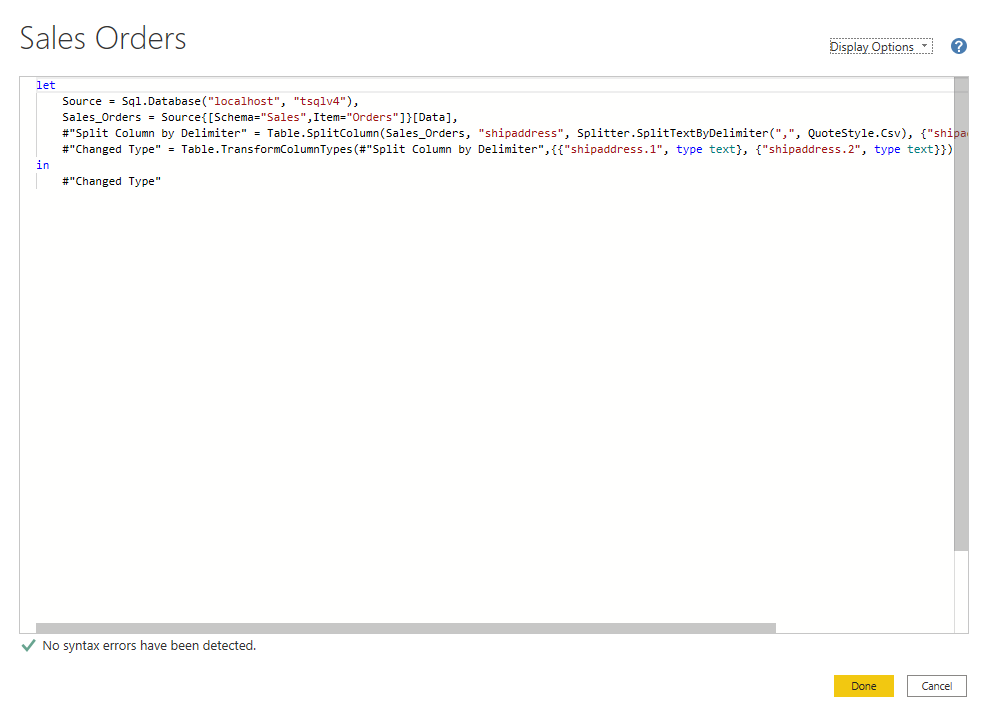
微软PowerBI考试 PL300-在 Power BI 中清理、转换和加载数据
微软PowerBI考试 PL300-在 Power BI 中清理、转换和加载数据 Power Query 具有大量专门帮助您清理和准备数据以供分析的功能。 您将了解如何简化复杂模型、更改数据类型、重命名对象和透视数据。 您还将了解如何分析列,以便知晓哪些列包含有价值的数据,…...

华硕a豆14 Air香氛版,美学与科技的馨香融合
在快节奏的现代生活中,我们渴望一个能激发创想、愉悦感官的工作与生活伙伴,它不仅是冰冷的科技工具,更能触动我们内心深处的细腻情感。正是在这样的期许下,华硕a豆14 Air香氛版翩然而至,它以一种前所未有的方式&#x…...

AGain DB和倍数增益的关系
我在设置一款索尼CMOS芯片时,Again增益0db变化为6DB,画面的变化只有2倍DN的增益,比如10变为20。 这与dB和线性增益的关系以及传感器处理流程有关。以下是具体原因分析: 1. dB与线性增益的换算关系 6dB对应的理论线性增益应为&…...

PostgreSQL——环境搭建
一、Linux # 安装 PostgreSQL 15 仓库 sudo dnf install -y https://download.postgresql.org/pub/repos/yum/reporpms/EL-$(rpm -E %{rhel})-x86_64/pgdg-redhat-repo-latest.noarch.rpm# 安装之前先确认是否已经存在PostgreSQL rpm -qa | grep postgres# 如果存在࿰…...

STM32---外部32.768K晶振(LSE)无法起振问题
晶振是否起振主要就检查两个1、晶振与MCU是否兼容;2、晶振的负载电容是否匹配 目录 一、判断晶振与MCU是否兼容 二、判断负载电容是否匹配 1. 晶振负载电容(CL)与匹配电容(CL1、CL2)的关系 2. 如何选择 CL1 和 CL…...

水泥厂自动化升级利器:Devicenet转Modbus rtu协议转换网关
在水泥厂的生产流程中,工业自动化网关起着至关重要的作用,尤其是JH-DVN-RTU疆鸿智能Devicenet转Modbus rtu协议转换网关,为水泥厂实现高效生产与精准控制提供了有力支持。 水泥厂设备众多,其中不少设备采用Devicenet协议。Devicen…...
